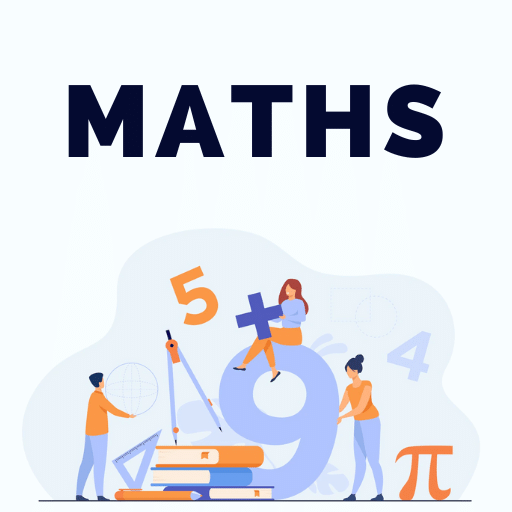Best Study Material for Class 10 Exam
Class 10 Exam > Class 10 Notes > Lab Manual: Probability
Lab Manual: Probability - Class 10 PDF Download
Objective
To set the idea of probability of an event through a double colour cards experiment.
Prerequisite Knowledge
- Sample space and event.
- Total number of possible outcomes.
- Favourable outcomes.
- Probability of an event

Material Required
A cardboard of size 18 cm x 18 cm, two colour papers say pink and blue, pair of dice, empty box, pair of scissors, sketch pens, fevicol, etc.
Procedure
- Paste different colour papers, blue and pink on both sides of the board, (such that pink on one side and blue on another side)
- Divide the board into 36 small squared cards.
- Write all 36 possible outcomes obtained by throwing two dice, e.g., for the outcome (4,5), write 4 on the blue side and 5 on pink side.
- Cut and put all the cards into a box.
- Now take out each card one by one without replacement and write the observation in appropriate column.
Observation
- Total number of possible outcomes =
- Total number of favourable outcomes of sum 2 =
- Total number of favourable outcomes of sum 3 =
- Total number of favourable outcomes of sum 4 =
- Total number of favourable outcomes of sum 5=
- Total number of favourable outcomes of sum 6 =
- Total number of favourable outcomes of sum 7 =
- Total number of favourable outcomes of sum 8 =
- Total number of favourable outcomes of sum 9 =
- Total number of favourable outcomes of sum 10 =
- Total number of favourable outcomes of sum 11 =
- Total number of favourable outcomes of sum 12 =
- Total number of favourable outcomes (sum ≥11) =
- Total number of favourable outcomes (sum >12) =
- Total number of favourable outcomes (sum < 7) =
Using formula calculate the required Probability of each event.
Sample space (when two dice are thrown)

Example: Number of favourable outcomes of sum of numbers 2 = 1
Total outcomes = 36
∴ Probability of sum of numbers is 2 = 1/36
Similarly find other probabilities for different outcomes of sum.
Result
Probability of an event
Learning Outcome
Concept of finding the probability of an event is clear through this activity.
Activity Time
- What is the probability of getting the sum of two numbers more than 17?
- Write the sample space, when a coin is tossed 3 times.
- A game of chance consists of spinning an arrow which comes to rest pointing at one of the numbers 1, 2, 3, 4, 5, 6, 7, 8 as shown in the fig. and these are equally likely outcomes. What is the probability that it will point at

- 8?
- an odd number ?
- a number greater than 2 ?
- a number less than 9 ?
- a numberless than 1 ?
FAQs on Lab Manual: Probability - Class 10
| 1. What is probability in mathematics? |  |
| 2. How is probability calculated? |  |
Ans. Probability can be calculated by dividing the number of favorable outcomes by the total number of possible outcomes. This ratio gives the probability of an event occurring, and it is often represented as a fraction, decimal, or percentage.
| 3. What are the different types of probability? |  |
Ans. There are three main types of probability: theoretical probability, experimental probability, and subjective probability. Theoretical probability is based on mathematical principles and calculations. Experimental probability is determined through actual experiments or observations. Subjective probability is based on personal judgment and opinions.
| 4. How can probability be used in real-life situations? |  |
Ans. Probability can be used in various real-life situations, such as weather forecasting, insurance, stock market analysis, sports predictions, and risk assessment. It helps in making informed decisions by considering the likelihood of different outcomes.
| 5. What are some common terms used in probability? |  |
Ans. In probability, some common terms include event, sample space, outcome, favorable outcome, probability distribution, independent events, dependent events, complementary events, and conditional probability. Understanding these terms is essential for effectively working with probability.
Download as PDF
Top Courses for Class 10
Related Searches

























